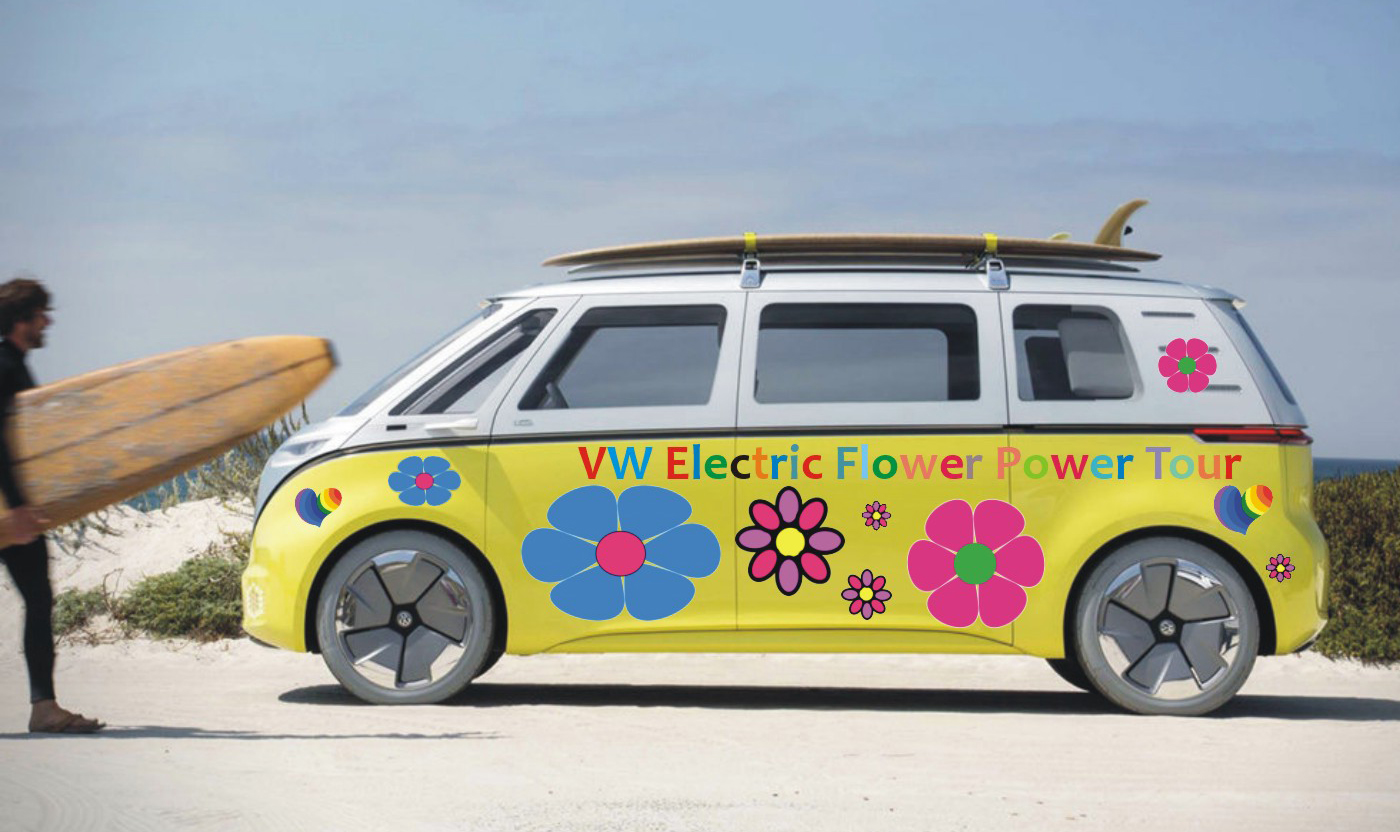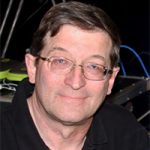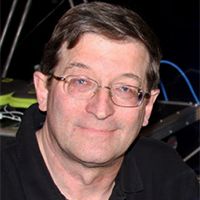As I’ve noted in my previous two articles in this series (Part 1 and Part 2), playing live gigs over the past two-plus years has been a real “Covid Cluster.” Many venues were extremely limited in the number of patrons who could be let in, and some simply closed.
Every band and performer I know has suffered with a lack of live gigs, and many resorted live streaming their shows to keep up the fan base and make a few dollars. But I’m here to discuss possibilities as we move forward…
The good news is that venues are opening up in 2022, but the backlog weddings, reunions and other gigs have become a tsunami of possible events. If only there were places for them to happen. For example, all those weddings that were postponed in 2020 and 2021 are now looking to happen in 2022. I’ve seen counts as high as 2.5 million weddings that are all trying the book a limited number of venues that are just now opening up.
What if you could provide music at non-traditional locations, such as weddings on the beach, class reunions in the woods, and even parking lot worship? The only problem is that many of these outdoor gigs are nowhere near a power outlet. It means you either have to run an extension cord hundreds of feet to the nearest 120-volt outlet or bring along a noisy generator.
In the first two parts in this series, I’ve focused on measuring just now much AC power and energy a modern sound system and a band need for smaller-scale gigs. It’s amazing how little power class D power amplifiers and DSP modeling instrument pedals use.
I’ve been working with sound systems since the early 1970s, and I’m also a consultant on battery/solar systems to the RV industry. In addition, I’m a keyboard player of 60 years who’s retired my Hammond B-3 and Rhodes to the studio, recently getting a Nord Stage-3 keyboard. So, I’m ready to test my hypothesis that a band can easily run from battery (and possibly solar) power for hours. Here are three possibilities/directions.
One: Battery/Inverter Power Stations
It’s amazing how many pro audio and instrument manufacturers have jumped at the opportunity to send me test gear for this project. Further, Jackery has now provided Explorer 300, 500, 1000 and 1500 battery packs with all the optional solar panels. The beauty of these solar power stations is that you can simply plug in existing AC-powered sound and stage systems as well as instruments.
All that’s needed is to measure how many peak watts and total watt-hours of energy will be required for a gig. The battery power stations I’ve seen have pure-sine inverters, meaning that there’s no buzz or hum – and certainly no threat of damage to sound or stage gear.
And because these power stations run from Lithium batteries (and optionally solar) power, there’s no noise (or generator fumes) to spoil the gig. In fact, you can run them in your practice room to test just how long they’ll power your gig rig.
For my first test I used the smallest Explorer 300 to run my Nektar keyboard, Macbook Pro Laptop, Korg Konnect 180-watt portable stereo PA and a 200-watt Polk subwoofer at door-rattling volumes for two hours on a single charge. In a few weeks my guitarist friend Karl with do a live vocal/guitar gig using the Jackery 500, and I have the Boonsboro GreenFest in May where I’ll use the Explorer 1000 and 1500 with the solar panels for all-day outside field gigs.

Two: Loudspeakers & Stage Gear
I don’t have any of these to try yet, but JBL EON MK2 column loudspeakers, for example, are stated to run for up to six hours on a single battery charge. That’s certainly enough time to do a real gig, and I also love the flexibility of these smaller column-type options.
In addition, Positive Grid the Spark Mini guitar amp with an onboard battery pack also stated to run for up to eight hours on a single charge. These little stage amps aren’t loud enough to do a busking or larger-room gig on their own, but you can simply plug out of the headphone jack into the PA system and get as loud as needed. Or, capture their output with a microphone just like you’d do with any other stage amp. Either way, you’ll have hundreds of sounds on tap and won’t need to plug into AC power at all.

I’ve also recently discovered a 156-watt-hour Lithium battery pack from TalentCell that can output both 12 volts and 24 volts DC. For upcoming gigs, guitarist Karl wants to bring along a few of his beloved Strymon pedals, but they’re pretty power hungry and won’t work with a standard pedal power supply.
To facilitate this, I’ve asked Ojai to provide one of its R30 expansion boxes, which I should be able to plug into the TalentCell battery pack. If it works, then I can power his entire pedal set for most of the day from a single rechargeable battery and the appropriate pedal power supplies.

Three: EV/Hybrid Vehicle Power
I’ve been doing a lot of experiments with both electrical (EV) and hybrid vehicles for the RV industry over the last year, and it’s gotten me wondering about how large of a stage could be run with a Ford F-150 PowerBoost truck with the optional 7.2 kW Pro Power inverter generator running off the 1.5 kWh traction battery, which starts the 3.5L V6 engine to recharge it automatically.

It’s quieter than any portable generator and makes standard 120/240 volts of 60 Hz AC power on a twist-lock outlet in the bed of the truck. I used to rent 7000-watt Honda inverter generators for medium-size outside gigs a few years ago, and my testing shows that the Pro Power generator can output a continuous 7000 watts of power for 20-plus hours. This strongly suggests that one could use an F-150 PowerBoost to tow a trailer to a gig and then power the stage (including lighting) all day and evening.
Note that many of the upcoming EV trucks and passenger vehicles will be offering bi-directional charging power, which suggests a lot of new options for powering a system with something like a Volkswagen ID.Buzz microbus. (And yes, Volkswagen has promised me a loaner later this year for a short road trip. I’ve promised them to cover the van in flower decals for the tour. Groovy!)
That’s it for now. I have some outside gigs lined up in the next month so I can experiment with the above power options and will report on them in my next installment. Just remember: if you’re also interested in pursuing some of these same things, be sure to test first and then you’ll know exactly how much power will be needed to properly serve a gig.















